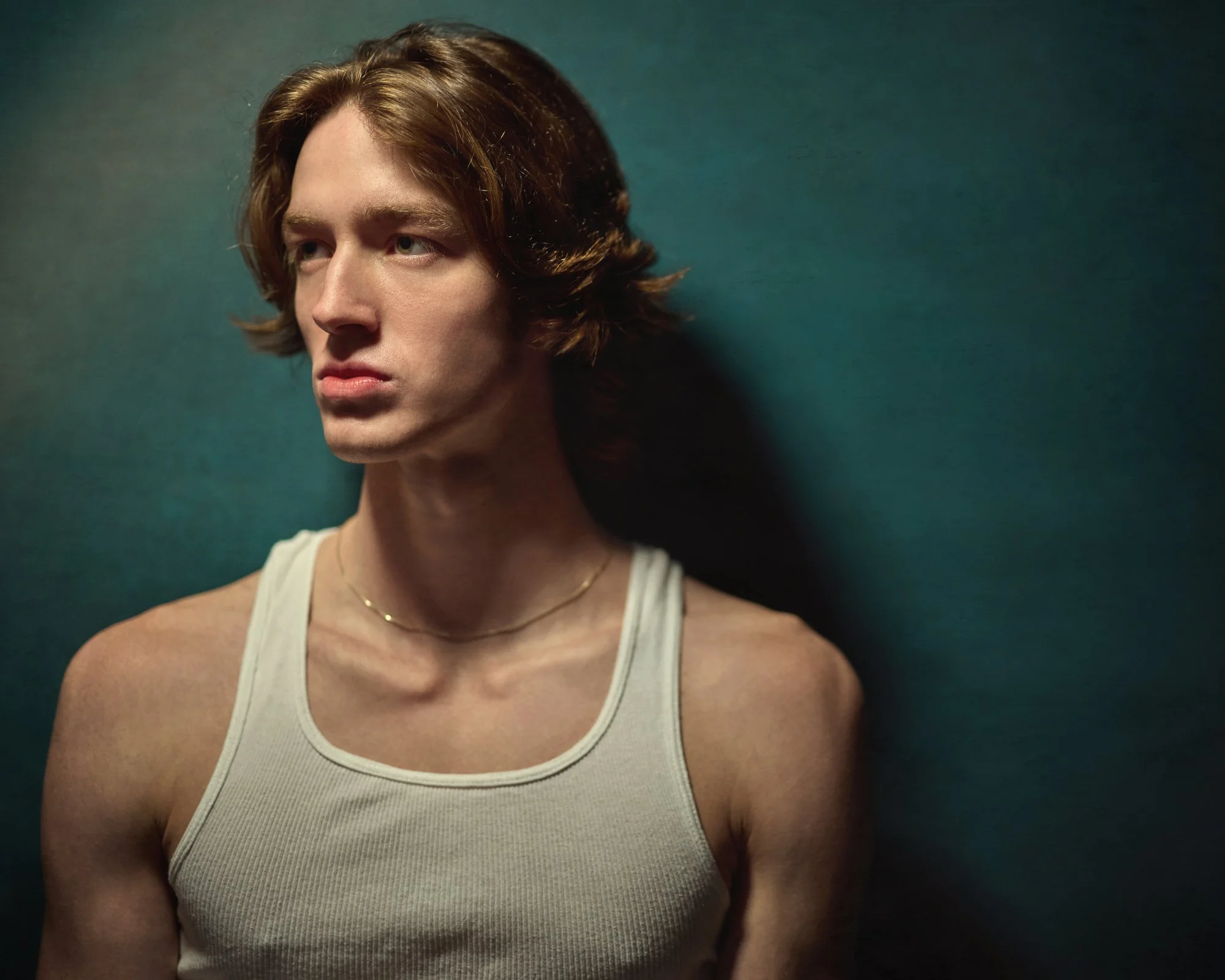Canon RF 50mm f/1.2 Lens Review: The Perfect Portrait Lens?
Canon 50mm f/1.2 RF lens mounted to a Canon EOS R5
Today's we’re talking all about the Canon RF 50mm f1.2 lens—a lens that's large, kind of heavy, and yes, expensive.
A couple of things: first, this is not a very technical review. I’m not going to dive into chromatic aberration, vignetting, or any of the other things many people cover. What I want to talk about is my real-world experience using this lens as a portrait photographer and why I’ve come to love it very quickly.
The lens I’m reviewing today is my own—one that I purchased. It’s not a loaner from a company. I’ve had my eye on the Canon RF 50mm f1.2 for quite a long time. The reason I finally jumped on it is because B&H had a mint-condition used one on sale. I got quite a few hundred dollars off the price it would have cost me new, and I used my B&H Payboo card, which saved me on tax as well—so it was a win-win. I saw it, wanted it for a while, and decided to jump on it. I’m really glad I did, because I instantly fell in love with it.
Some of you who have watched a lot of my YouTube videos or follow me on social media might say, “I thought you shot Fuji.” Yes, I do shoot Fuji, but I also shoot Canon. I’ve been using the Fujifilm X-T5 with several Fuji lenses for about a year now as my primary portrait camera, but I’ve owned the Canon EOS R5 the whole time and used it for almost all of my talking-head videos. I had been staunchly against getting an RF lens because they’re so expensive, and I know many of you feel the same way. A lot of people have moved away from Canon for this reason. I still love my Canon gear and am ever hopeful that third party lenses for the RF system will become available soon.
Nevertheless, I ended up buying this lens. It was a bit of an impulse buy, but also something I had planned on for a long time. I love shooting 50mm for portraits, and I shoot wide open all the time. Most of the photos in this review were shot at f1.2.
Let’s talk about the lens itself. Physically, it’s large for a 50mm. It’s a big, stout lens—rather heavy and a bit bulky. The exterior feels a little plasticky, which is surprising because I thought it would feel heftier, but it doesn’t feel cheap. It’s more of a solid, plastic-barrel build, likely to save on weight and cost. The lens is very well made. It’s robust and doesn’t feel like it’s going to fall apart.
What I noticed right away is that it’s much more comfortable to use without a grip. If you love using a grip on the Canon R5 or R6, I don’t recommend it with this lens, as the grip just sort of gets in the way of where your hand wants to go. I feel that it pairs nicely with the R5 without the grip. The camera feels well-balanced, not too heavy, and it’s perfect for studio shooting.
Now, let’s talk about autofocus. One of the great things about Canon is that you just point the camera, press the button, it finds the eye, and focuses. I’ve done about six portrait sessions already with this lens and only had two or three images that were out of focus. Overall, the autofocus is great. It’s not the most silent autofocus; you can hear a little bit of a sound, but for stills and portraits, it’s amazing.
The worst part of this lens is the cost. These Canon RF lenses are monumentally expensive. As of this video, Canon has finally allowed Sigma to make some APS-C lenses, but still hasn’t approved them to make full-frame lenses yet. Canon, you’re losing people here. This is really the biggest downside to this lens. It just costs an arm and a leg. Brand new, it’s well over $2,000, which makes no sense if it’s not something you’re going to use a lot. I, however, use it quite a bit because I love this range for my portraiture.
Aside from what most photographers think about a 50mm, I feel like it’s a hugely versatile lens for being creative in a portrait studio setting or for portraits anywhere. The thing about this lens is that the images—the sharpness, the detail—are incredible. If you shoot wide open at f1.2, you’re going to love it. I was blown away. The images have this beautiful quality to them. I’ve been shooting on the R5 with older EF lenses, and the difference, even with L glass, is way more than I thought it would be. The detail is incredible, and the images have so much more depth to them. It almost has that 3D look, like what you’d expect from a medium-format camera.
The combination of this lens and the R5 is pretty incredible. I don’t regret buying it at all; I’m very happy I did. What I’ve been doing in my portrait shoots is using the 70-200mm for headshots, then switching to the 50mm for some close-up faces and more creative portraits. It lets me create a diverse gallery of images for my clients, and they absolutely love it.
That’s all I have for you today. Go out, take some great pictures, and I’ll see you in the next review. Make sure to check out my gear page at B&H Photo if you are in the market for a Canon 50mm f/1.2 or any other photo gear.








